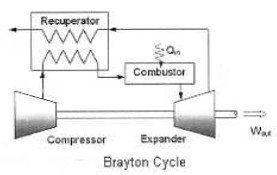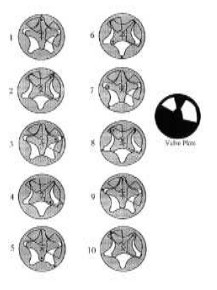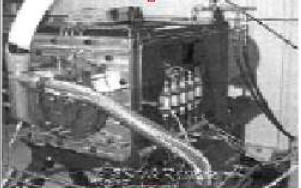Updated: 19-Aug-2024
StarRotor's origin comes from the Department of Chemical Engineering at the University of Texas and due to Dr. Mark Holtzapple.
-Its engine is based on the Brayton cycle, with exhaust heat recovery and continuous combustion.

-One aspect of the theoretical design of the engine can be the following, seen from the side of the driving (compressor) rotor.

“Theoretical design of StarRotor”
-As we can see, the compressor rotor receives an elastic fluid from the combustion chamber, taking full advantage of the flow since it is forced to pass all of it through the interior of the machine.
-The operation is the reverse of that of a pressure lubrication pump, working in reverse, as a hydraulic motor but in this case with gases from the combustion.

“Various stages of the compressor rotor cycle”
-It is in constant development, the fifth generation StarRotor has been reached in a practical example.
-Due to the use of exhaust gas energy to heat the inlet gases, the efficiency has been calculated at 80%, well above internal combustion engines for example.

“Test engine” (PiP)
-It is intended for application on ground, sea and air vehicles.
From Appendix 11: A video of the engine system can be seen on StarRotor's website.
Engines of STARROTOR
Model: Brayton Cycle Engine
Power: Other details:


